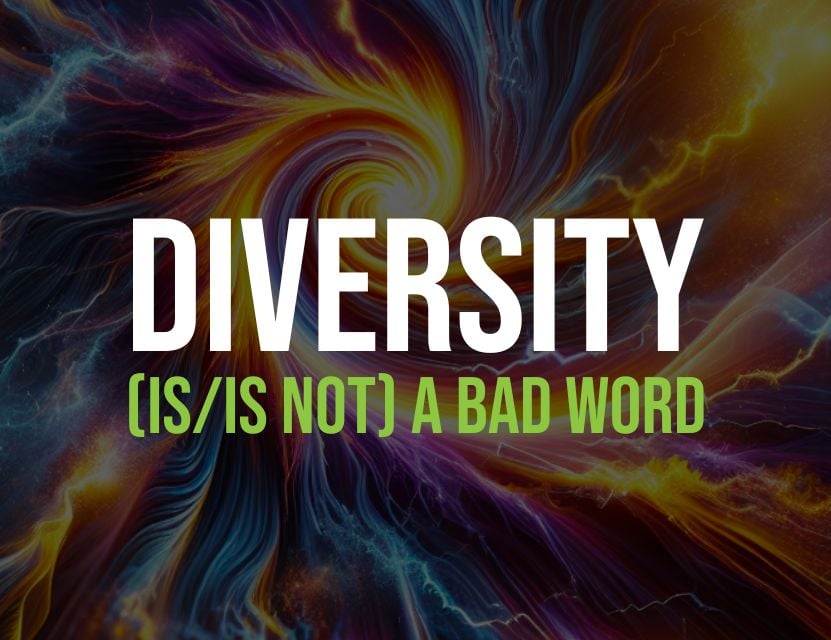Are women greener? Yes, because women are more concerned with climate change.
Roughly three-quarters of Americans say they’re concerned about climate at least “some” or “a great deal,” according to Pew research. What’s interesting about this statistic, however, is that women account for the majority of those who care the most. But, are women greener? YES. Their findings are echoed across multiple studies and researchers are trying to pinpoint why the anomaly exists. Some studies suggest it relates to risk perception, which falls in line with sentiments shared by the United Nations.
“In many of these contexts, women are more vulnerable to the effects of climate change than men—primarily as they constitute the majority of the world’s poor and are more dependent for their livelihood on natural resources that are threatened by climate change,” the agency explains, speaking of the aftermath of natural disasters resulting from climate change.
Are women greener? Yes, because women are in a unique position to promote policy change.
Research shows that companies that focus on diversity and inclusion (D&I) tend to outperform their peers, with those having above-average diversity seeing nearly twice as much innovation as well as 19% more revenue. Those with women in leadership roles often see even greater gains. Because of this, more companies are being inspired to diversify and are creating a perfect storm. Women with their greener mindsets are entering once male-dominated fields in greater numbers.
The unique mindsets women have in relation to climate change is a boon, researchers from Yale and Cornell say. They believe that focusing on diversity, particularly as it pertains to environmental communication, will lead to enhanced “understanding of key barriers to broadening public participation in climate discourse and decision making."
Are women greener? Yes, because women are adaptable problem solvers.
“We are adaptable, we look at context, we listen,” Dr. Pratima Rangarajan explained at the 2014 Women in Clean Energy Symposium, encouraging the audience to find ways to bring more women into the energy sector workforce. Rangarajan has a PhD in chemical engineering from Princeton and initially focused on the plastics industry before moving to energy and taking roles with GE like general manager of Energy Storage and their Onshore Wind Product Line. Today, she’s Chief Executive Officer of the Oils and Gas Climate Initiative’s (OGCI) Climate Investments.
“We invest in technologies and solutions that will lower the
carbon footprint of the energy and the industrial sector it serves,” Rangarajan
recently explained in an interview
with Columbia University’s Center on Global Energy Policy. “And, one of the
reasons we pick those sectors is really that those two sectors produce most of
the goods and services that make the world go around today. But in doing so they’re responsible for 75%
of the Greenhouse Gas Emissions. So,
it’s the place we have to start in order to start this climate journey.”
Are women greener? Yes, because women are shattering the glass ceiling and turning the energy sector green.
OCGI hosts CEOs from 13 companies, including BP to Chevron, Shell, Exxon Mobil, and more. Their goal is to reach net-zero emissions in the second half of this century while decreasing carbon emissions by one-third by 2025, and Rangarajan isn't the only woman on board. Vicki Hollub, President and CEO of Occidental Petroleum is among them. She made headline news by becoming the first woman to head a major oil company in 2016. Today, she’s one of the most vocal CEOs in the energy sector and a huge proponent of becoming carbon neutral. “We feel like that’s the key to sustainability of our business over time,” she recently told Financial Times. “If you don’t have that, you almost don’t need to be in operation.”
We Still Have Room to Grow
Women are paving the way for a greener future, but are still underrepresented in the energy sector, particularly in leadership roles. Experts say this slows progress. “I absolutely do think that the fact that the industry is so dominated by men and particularly older white men it is slowing down the energy transition,” explains Catherine Mitchell, a professor of energy policy at the University of Exeter.
Many share her sentiments. “We need more women, not only in policymaking and environmental science but also in engineering and technological innovation,” concurs Tina Birmpili, the head of the United Nations Ozone Secretariat. “Let the disproportionate effect climate change has on women, and the deeper understanding they consequently acquire day by day, be the driving force to catapult them to all positions they deserve to have in the fight against climate change.”
Find your position here and be part of the shift!




